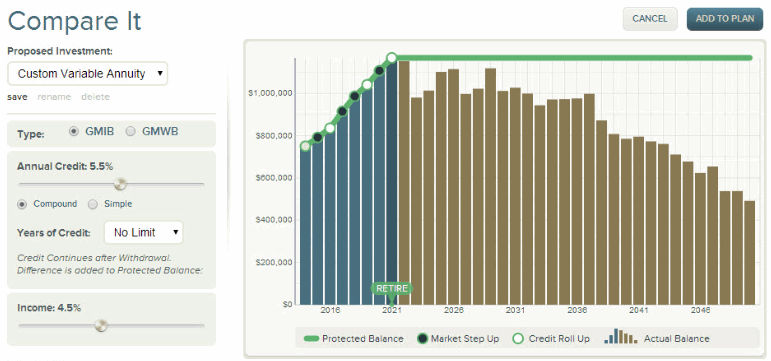
Send in the Robots (Don’t Bother, They’re Here)
At the "T3" financial software trade show last week, a pair of robots warmed up the crowd with jokes about the limitations of high-tech planning tools. RIJ visited with reps from three tech firms: RetireUp, AskTRAK and Riskalyze.


